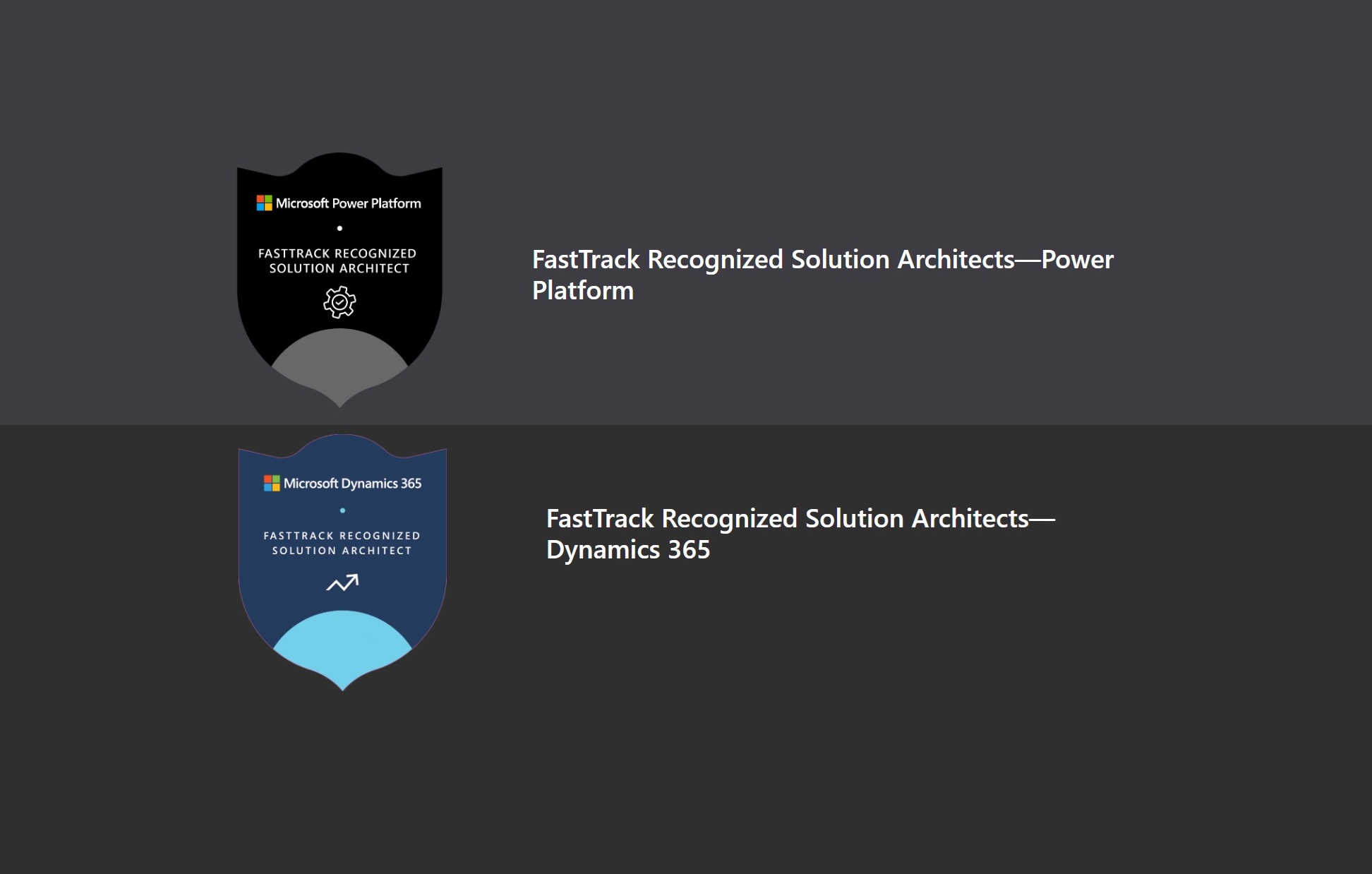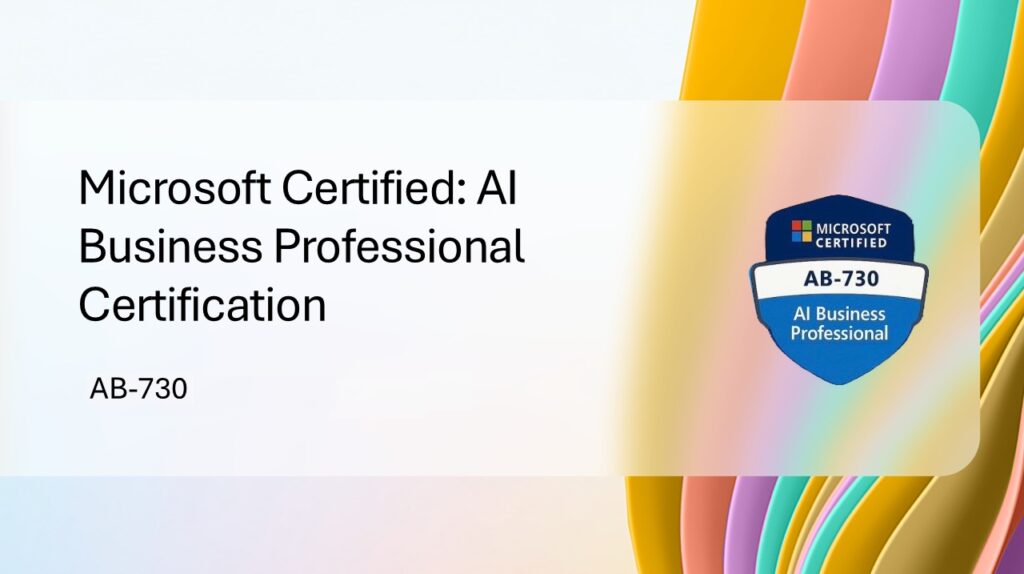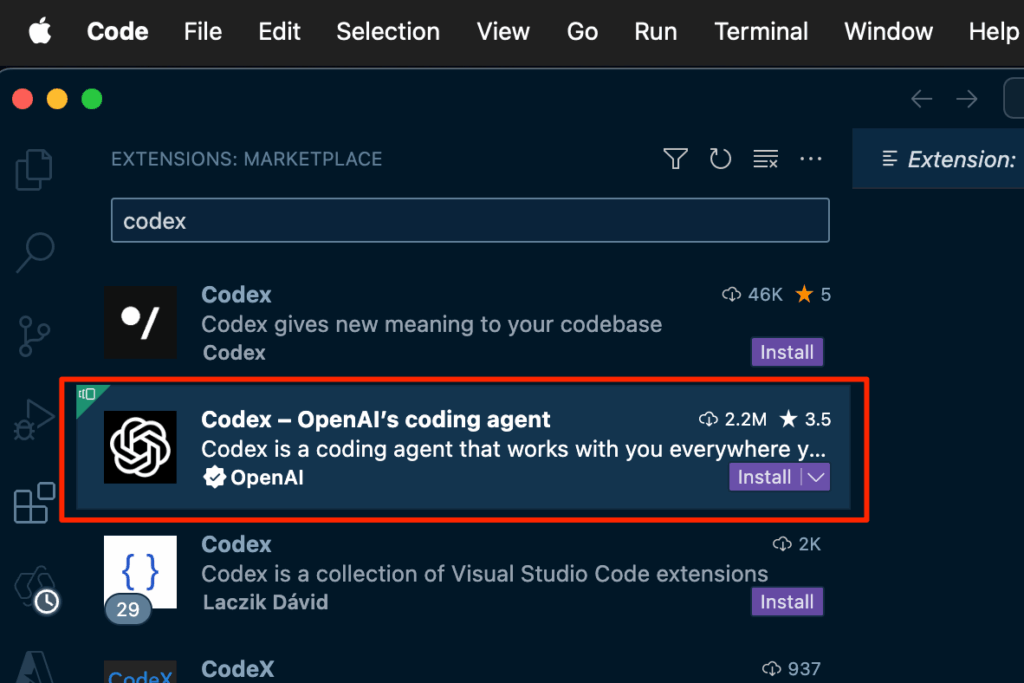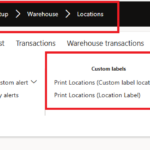Now Reading: Changes in the FTRSA Program
-
01
Changes in the FTRSA Program
Changes in the FTRSA Program

Firstly for those who are not aware, the acronym ‘FTRSA’ stands for ‘Fast Track Recognised Solution Architect’. This is an award that Microsoft bestows on people working for Microsoft Partners who have demonstrated clear technical expertise & understanding of the Microsoft Business Applications Platform at (enterprise) scale.
To quote from the Microsoft documentation for the program:
The FTRSA designation is awarded by Microsoft’s Business Industry & Copilot (BIC) engineering team to enterprise solution architects who exhibit outstanding expertise in architecture and deliver high-quality solutions. Recipients are typically nominated based on their exceptional skills, extensive experience with Microsoft products, relevant certifications, and leadership in projects.
The award covers two main areas – Power Platform & Dynamics 365, with different capabilities under each area.
The program has been around for 6 years now (since 2019), with people needing to submit for annual (re)award & recognition. On average, approx. 120 people are recognised with this award globally. It is definitely something that Microsoft Partners can place a large emphasis on if they have people with this!
Generally over the last few years, the categories for being awarded have included:
- Power Apps
- Power Automate
- Power BI
- Dynamics 365 (CE)
- Dynamics 365 (ERP)
Changes over the last few years have included the Power BI category being retired. This is to be expected, I guess, given that Microsoft programs tend to flex/pivot over time.
The process for application is simple. By this, I mean that nominees need to fill in a form (located at https://aka.ms/FTRSANomination). In this form, they then need to provide various pieces of information, such as their personal information, the partner that they work for (including the Microsoft Partner ID), as well as submitting proofs to show that they currently fulfil the necessary requirements for the program. These requirements can vary based on the technology, and over the last few years I’ve seen a few different versions (based on the year).
The form is usually open for around 3 months or so, opening at some point in October, and closing at some point in January.
Once submitted, the information is then sent to the relevant Microsoft team who oversee & run the program for review. There are several stages to the review that is carried out:
- The team carry out an initial review of the information provided, ensuring that it meets the program requirements. Applicants who have not provided the information to meet the program requirements/criteria, or who do not pass the initial review threshold as evaluated by the team (this is why applicants are recommended to ensure that they’re focusing on quality of information being submitted), are not progressed and are notified.
- Applicants who pass the first stage are then invited to an interview. This is carried out with one of the wider team members, based on region & availability. The interview usually lasts around one hour, and is an evaluation of the technical skills & expertise of the applicant. During this interview, candidates are required to present on a project that they have implemented, and to demonstrate their in-depth knowledge & role that they played on the project.
- Finally, the team reviews the interviews, and decides as to which applicants have successfully shown their skills & expertise. Applications who have not met the level required are notified, along with feedback and areas that they could look to work on for a future nomination.
- Successful applicants are notified as well directly, though the news is not publicised until May or so, when the public announcement takes place with the relevant FTRSA websites being updated with their information.
Business Contributions
Having taken a look at the nomination form for this year, there are some new changes coming in that will be quite important (in my opinion) to pay attention to. These are being referred to as ‘Business Contributions’. Specifically, applicants will not only need to demonstrate technical/project expertise, but will also need to demonstrate one or more business contributions.
Depending on the technical area being selected for the application (Power Apps or Dynamics 365), these are the areas that contributions can be submitted for:
Power Apps
- Published Microsoft Customer Stories or Microsoft Partner Stories, or evidence of nomination to be published
- Contribution of product feedback to engineering teams, advisory boards, focus groups, communication forms or private preview programs
- Published technical samples (e.g. code snippets, data migration templates, integration samples, etc) in the PowerCAT GitHub channel
- Proof of escalation reduction in customer implementations
- Reference architecture article/s used with a customer that leverages the Power Platform Well Architected framework
Dynamics 365
- Onboarded customer implement project(s) in the Dynamics 365 implementation portal, leveraging Dynamics 365 guidance hub frameworks
- Published Microsoft Customer Stories or Microsoft Partner Stories, or evidence of nomination to be published
- Contribution of product feedback to engineering teams, advisory boards, focus groups, communication forms or private preview programs
- Published technical samples (e.g. code snippets, data migration templates, integration samples, etc) in the Dynamics 365 guidance hub
- Published contributions to the Business Process Guide Catalogue
- Proof of escalation reduction in customer implementations (either partner led or FastTrack led implementation)
- Submit additional reference architecture articles for review and potential publication
This is a significant change for the program – for the last 6 years, it’s been purely expertise recognised from client engagements. Now (in the 7th year, and I’d think very likely going forward), people considering nominating for FTRSA will need to prove that they’re giving back to Microsoft in some way, other than just running client engagements.
Overall, I think this is an interesting concept, and generally a good one. Let’s face it – being able to talk about technology (at scale) is something quite a few people can do, but it doesn’t meant that they’re necessarily good at it. I know of several over-architected projects that I was brought in on, where just because lots of technology components were used, didn’t mean it was doing well. Part of the skillset as an experienced/knowledgeable architect is also when less is more!
Additionally, being technically competent is of course important, but personally I believe that being able to be clear & communicative is also a very important role for a solution architect. Essentially having that functional view, as well as being able to engage appropriately with customers (as the owner of the project) is vital as well. One of the
I also think that Microsoft is wanting to see that the program in which they’re investing time, effort & resources (yes, FTRSA’s get a wonderful SWAG box – THANK YOU TEAM!) are providing ROI back into Microsoft in terms of feedback, input & other information. This way products can (hopefully!) get better, visions can be assisted with customer information, and others can be helped as well.
Some people may say that this is becoming more like the Microsoft MVP program. Given how much MVP’s are required to do, in terms of community (& Microsoft) engagement, I can understand the thoughts, but really don’t think that it’s anything anywhere near to that. My only note on this would be that I hope that contributions remain business/technical focused, which to me seems in line with the stated goals of the program, rather then also include (other) community contributions.
Of course, there are those people who may choose not to do such things, and just focus on the project/s that they’re working on. This is a valid scenario, and there is of course absolutely NOTHING wrong with this. Not all of us may wish to engage with Microsoft engineering teams, or provide information publicly. And that’s all fine. However I would politely point out that nothing remains static, and if you’re wanting to receive (or continue to receive) the FTRSA award, you may need to do some thinking around how you’re approaching it, with the change that’s come this year.
I’d also encourage people who are considering applying for the FTRSA award recognition to reach out to an existing FTRSA, who could possibly help mentor, review & guide you. They’ve already been through the process and are recognised as such, and therefore have a pretty good idea of what ‘hits the bar’ and what may not.
So if you’re thinking of going for it – I wish you the best of luck!
The post Changes in the FTRSA Program appeared first on The CRM Ninja.
Original Post https://thecrm.ninja/changes-in-the-ftrsa-program/
















